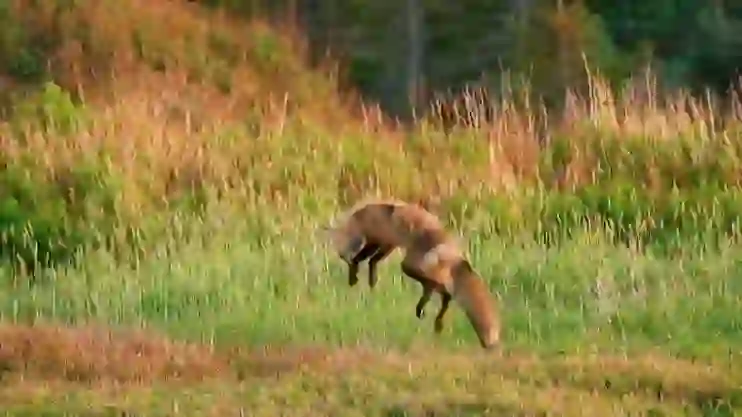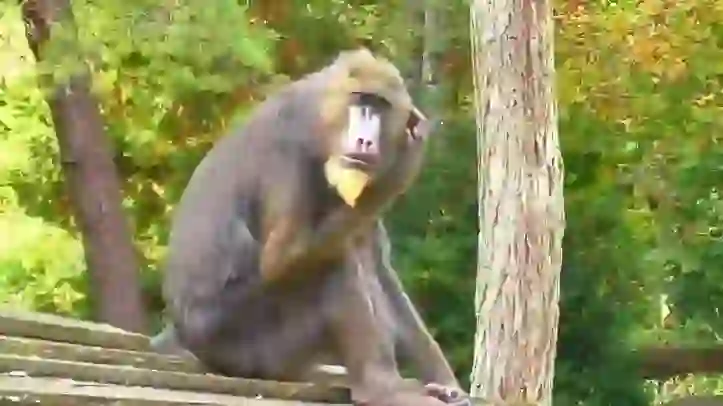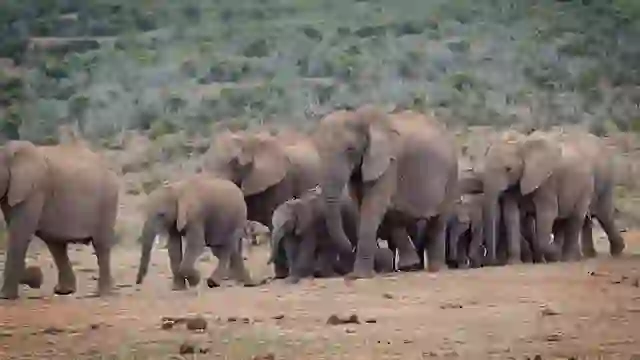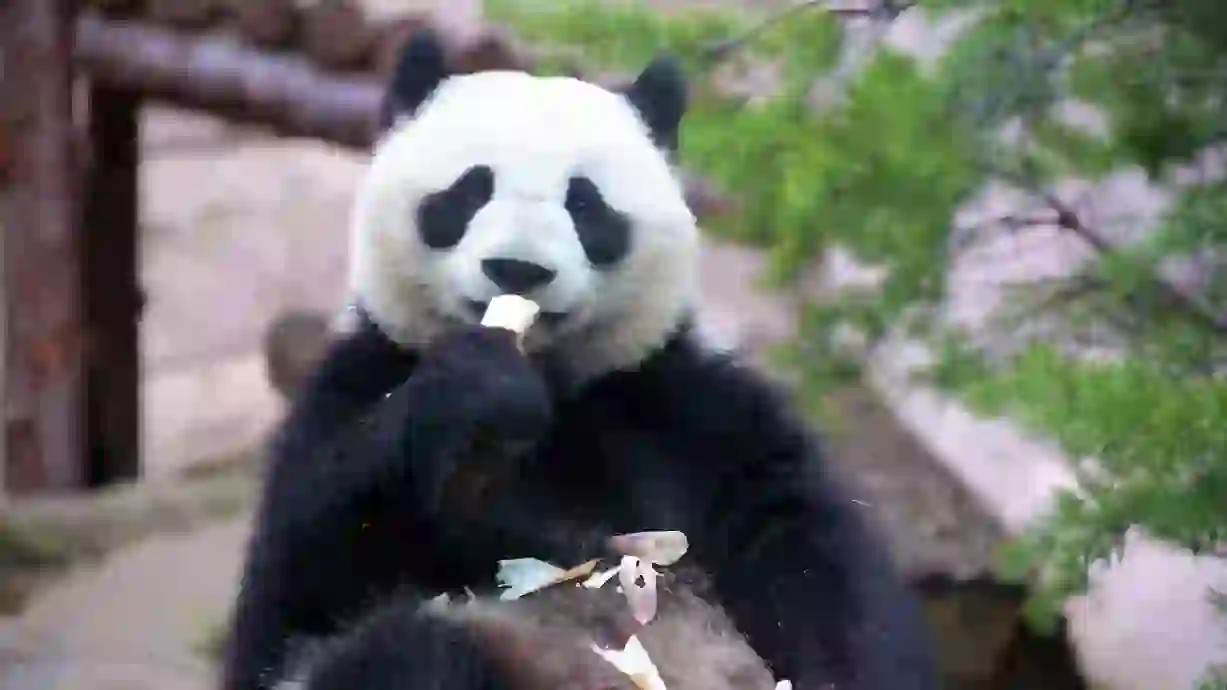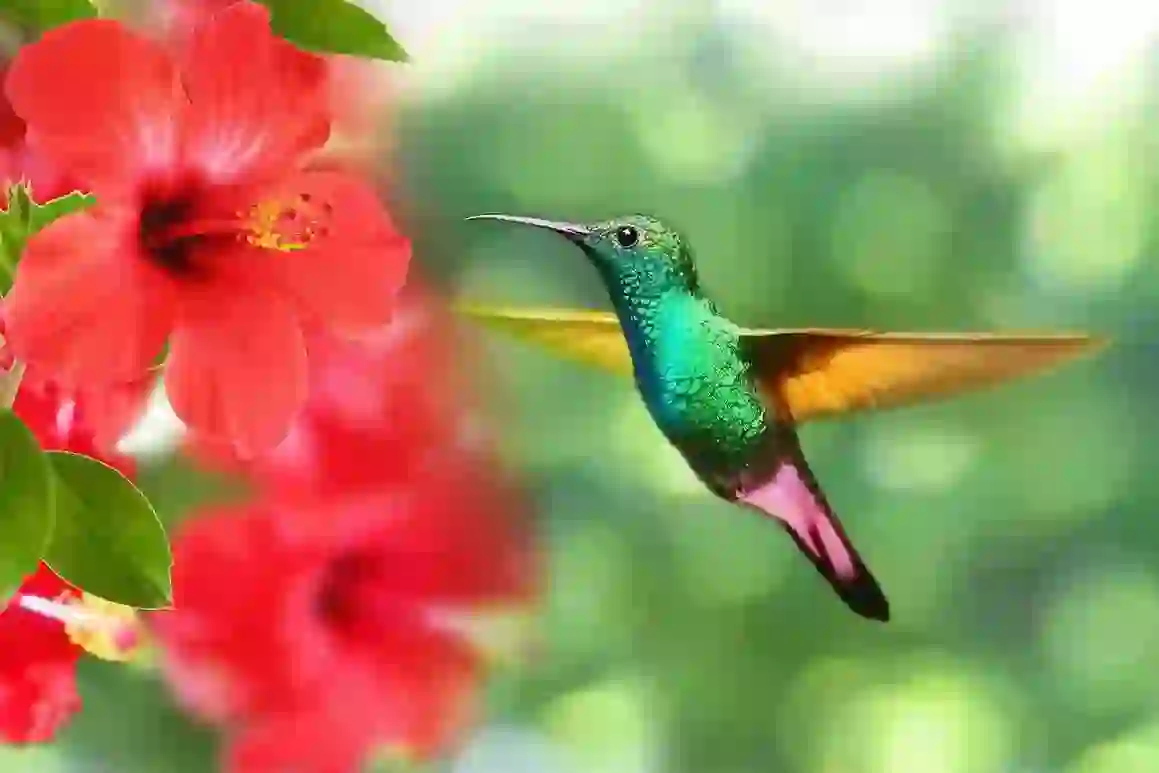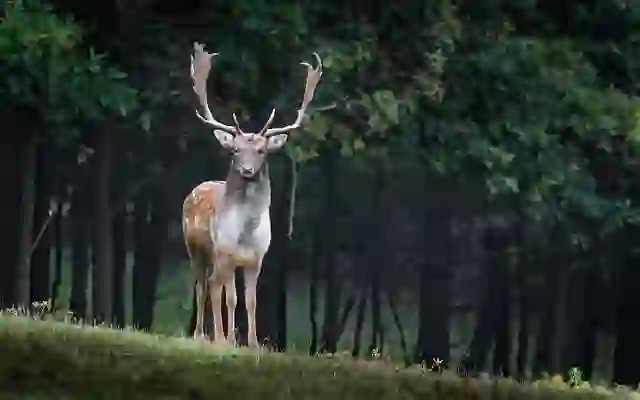
Indian Elephant
Indian Elephant
Indian Elephant
The Indian elephant, one of the subspecies of Asian elephants. Having lived alongside humans for centuries, they are deeply rooted in Indian culture. Let's explore the ecology of Indian elephants, the environment they live in, and their complex relationship with humans.
Indian Elephant Basic Infomation
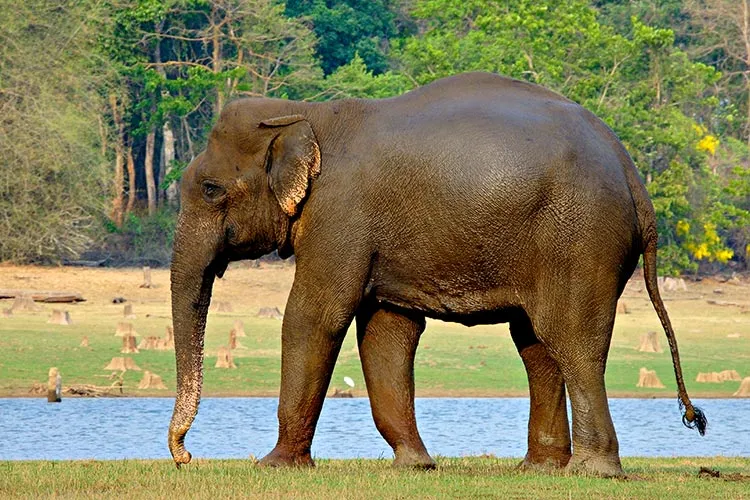
| Property | Value |
|---|---|
| Scientific Name | Elephas maximus indicus |
| Taxonomic Status | ACCEPTED |
| Rank | SUBSPECIES |
| Kingdom | Animalia |
| Phylum | Chordata |
| Class | Mammalia |
| Order | Proboscidea |
| Family | Elephantidae |
| Genus | Elephas |
| Conservation Status | Vulnerable |
| Species | Elephas maximus |
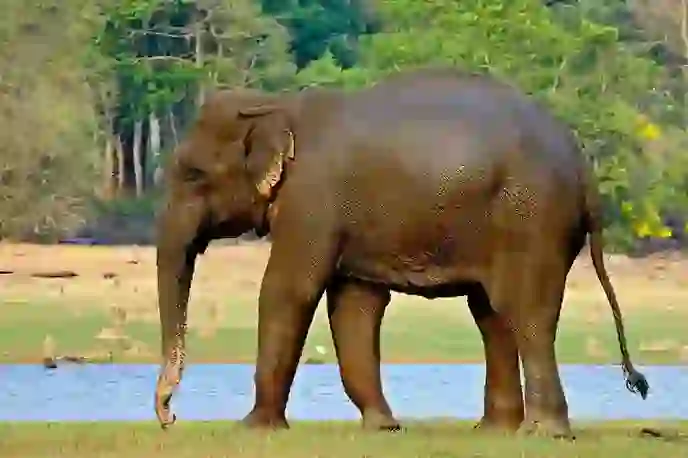
Size
They stand about 2.7 to 3.5 meters tall at the shoulder and weigh around 3,000 to 5,000 kilograms, making them a medium-sized Asian elephant. Males are larger than females and have prominent tusks.
.webp?alt=media)
Lifespan
They can live for 60 to 70 years in the wild.
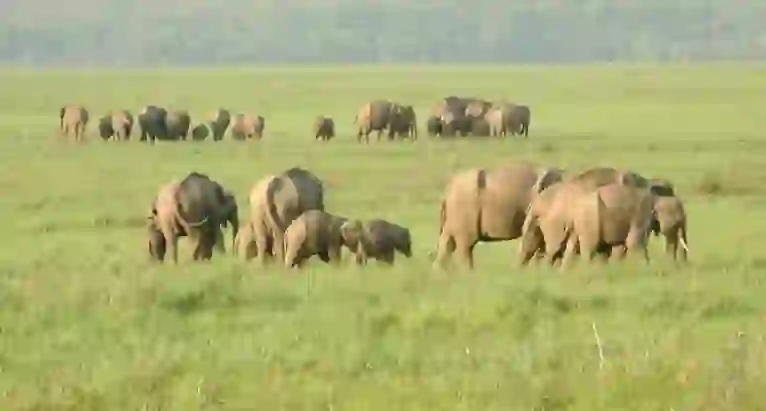
Distribution
They are found in South Asia, including India, Nepal, Bhutan, and Bangladesh. They inhabit a variety of environments, including tropical rainforests, dry deciduous forests, and grasslands.
Indian Elephant Q&A

What kind of elephant is the Indian elephant?
The Indian elephant is one of the subspecies of the Asian elephant, found in India, Nepal, Bhutan, and Bangladesh. They are smaller than African elephants and have smaller ears.
They also have two bumps on their forehead, and the tusks of males are not as large as those of African elephants. Indian elephants have long been closely associated with humans. They have been used as working animals in agriculture, forestry, and transportation. They also play an important role in religious ceremonies and festivals.
.webp?alt=media)
What do Indian elephants eat?
Indian elephants are herbivores, feeding on grasses, leaves, branches, bark, and fruits. They eat about 150 kilograms of plants a day, spending a lot of time eating.
They may also dig in the ground to eat mineral-rich soil to supplement their salt intake. They sometimes eat crops, leading to conflicts with farmers.

What kind of lives do they lead?
Indian elephants live in herds consisting of females and their offspring. The herd is led by the oldest and most experienced female, who guides and protects the group.
Males leave the herd when they reach adulthood and live solitary lives or form small bachelor groups. During the breeding season, males approach female herds and compete for mates.

[Quiz!] How do Indian elephants communicate?
Indian elephants communicate in various ways, such as trumpeting loudly, flapping their ears, raising their trunks to smell, and touching each other.
They use different sounds and movements to communicate with their herd mates!
.webp?alt=media)
[Quiz!] Why are Indian elephants trained by humans?
Indian elephants are intelligent and have a gentle nature, making them trainable by humans. They have been used for various tasks since ancient times, including transporting timber, working in agriculture, and giving rides to tourists.
However, in recent years, there has been growing criticism of using elephants as working animals from an animal welfare perspective.

[Quiz!] Are Indian elephants endangered?
Yes, Indian elephants are listed as Vulnerable on the IUCN (International Union for Conservation of Nature) Red List. Their numbers are declining due to habitat destruction, poaching, and human-elephant conflict.
To protect Indian elephants, it is important to conserve forests, combat poaching, and work towards coexistence between humans and elephants.

Would you like to become a part of the 'Animalbook.jp'?
Turn your knowledge into Q&A and share it with the world. ※Publication will be activated after purchase. Let's share information together!
Indian Elephant Type of List

Efforts to Protect Indian Elephants
- Habitat conservation
- Strengthening anti-poaching patrols
- Establishment of protected areas
- Promotion of ecotourism
- Coexistence with local communities
Information
Congratulations! You are the first commenter!

Create Your Favorite List!
Indian Elephant
Save the animals you love! Build your own list to quickly revisit your favorites later.

Would you like to leave a comment?
※Please note: This is for the purchase of rights to post comments within the article.
Find Your Favorites!
Our shop offers a unique and attractive selection of goods themed around various animals.
Indian Elephant References
Indian Elephant Introduction of media used

Jayanand Govindaraj, CC BY-SA 2.0, via Wikimedia Commons
.webp?alt=media)
Yathin S Krishnappa, CC BY-SA 3.0, via Wikimedia Commons

Rishisharmacse, CC BY-SA 4.0, via Wikimedia Commons

Help Enrich Our Animalbook.jp with Your Media!
We are constantly looking to expand and enrich our Animalbook.jp with amazing photos and videos of animals. If you have any media that you'd like to share, please contribute and help us showcase the beauty and diversity of the animal kingdom. Your submissions will be credited and featured in our encyclopedia, reaching a wide audience of animal lovers.



